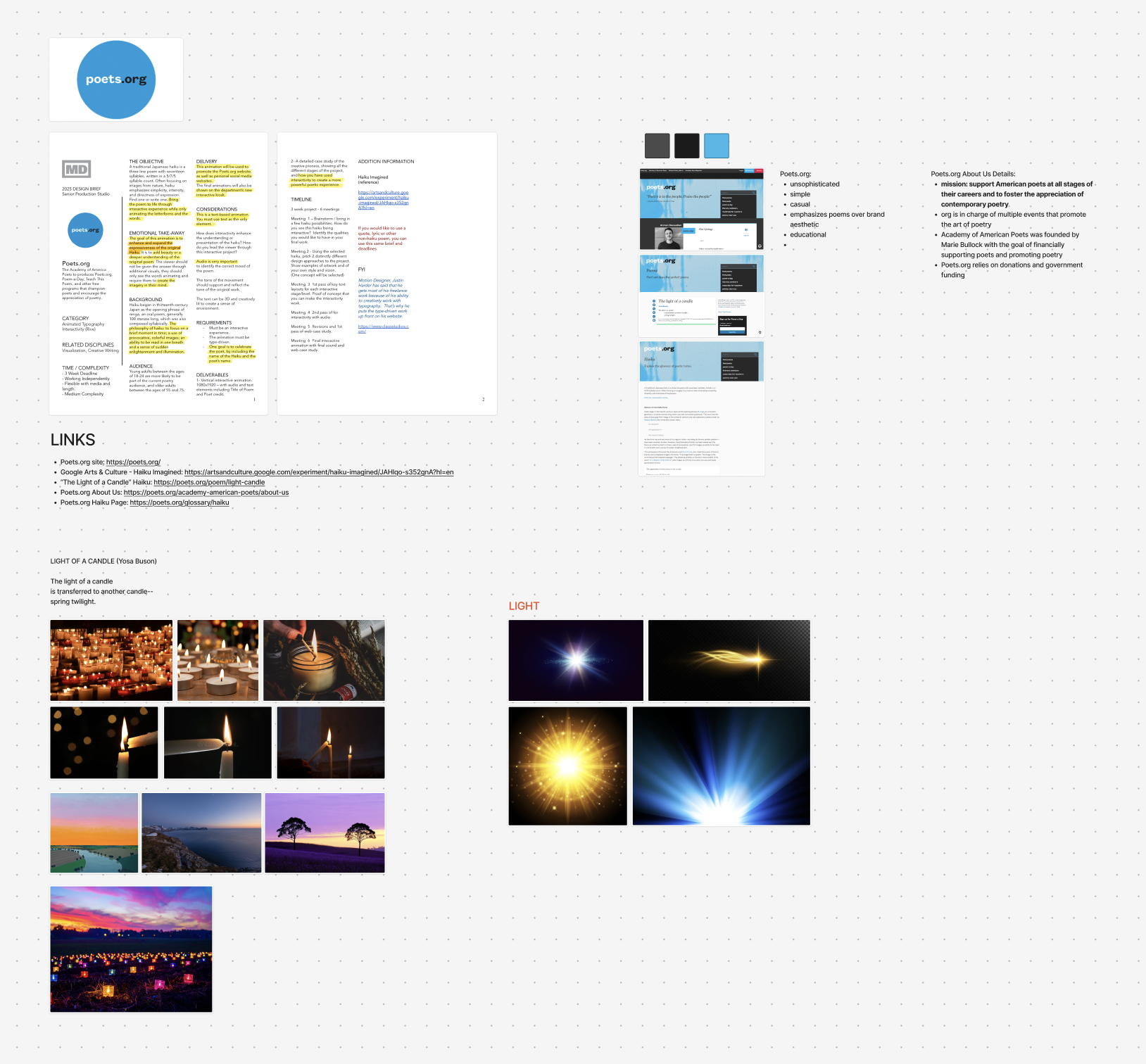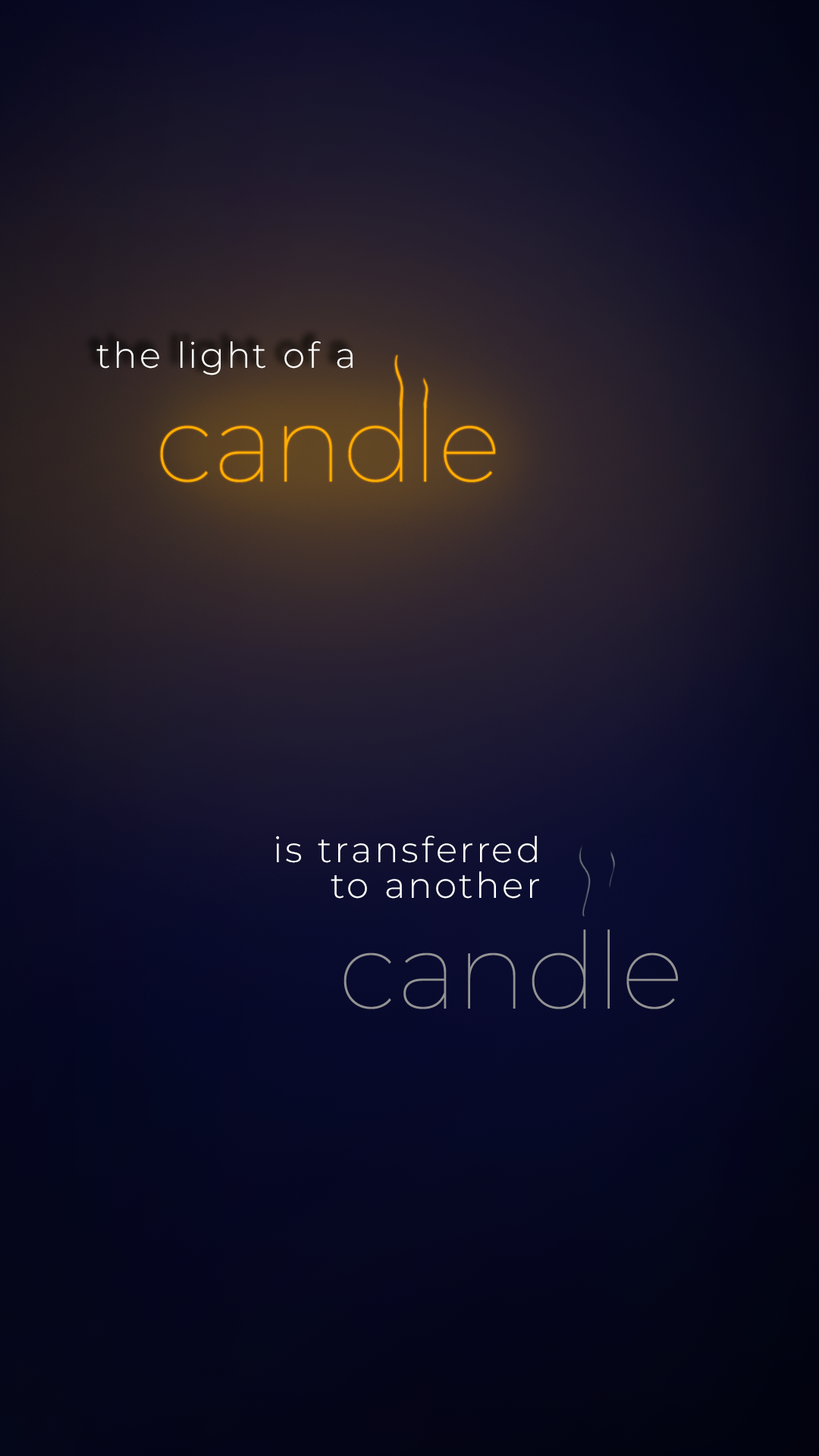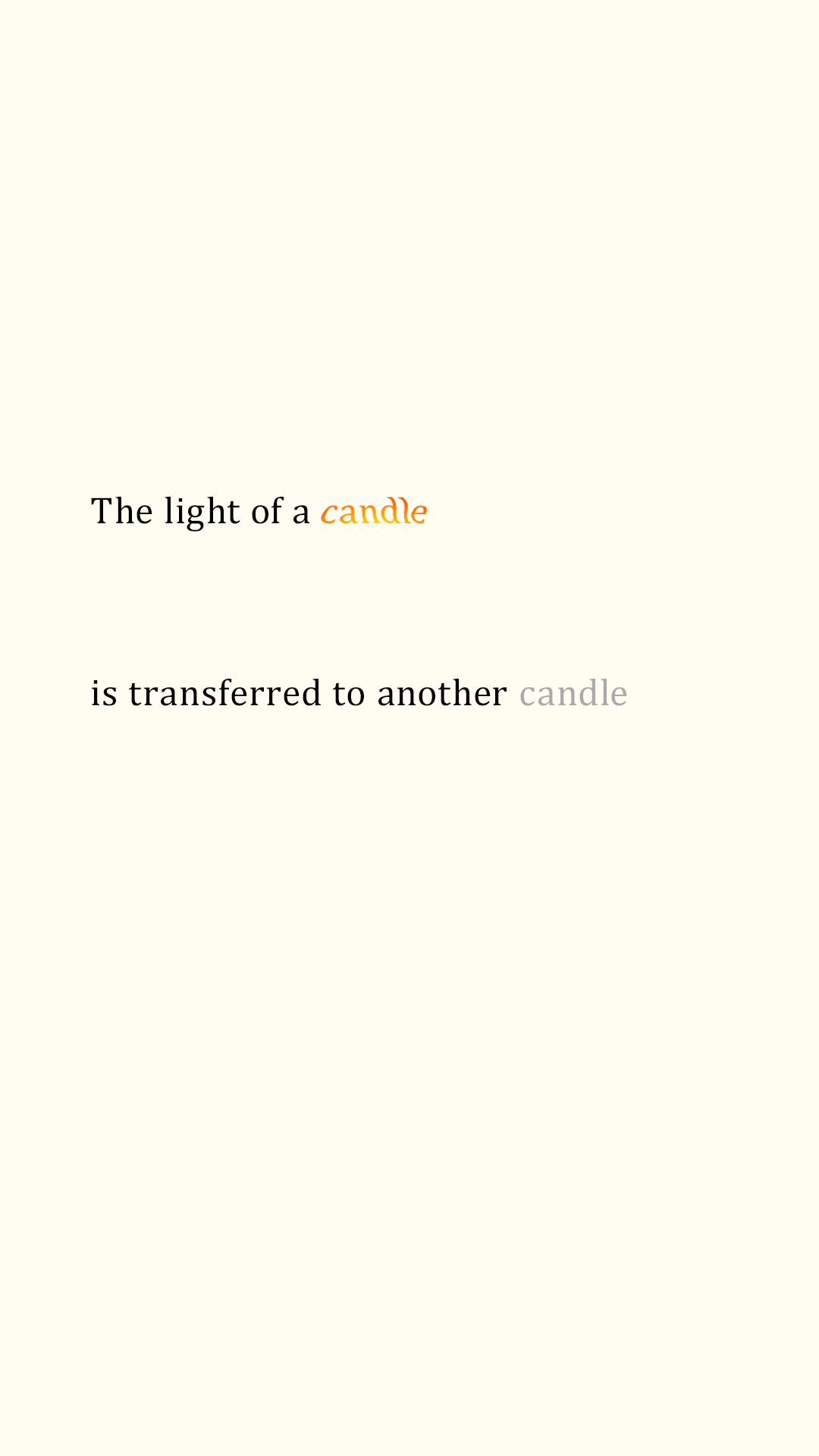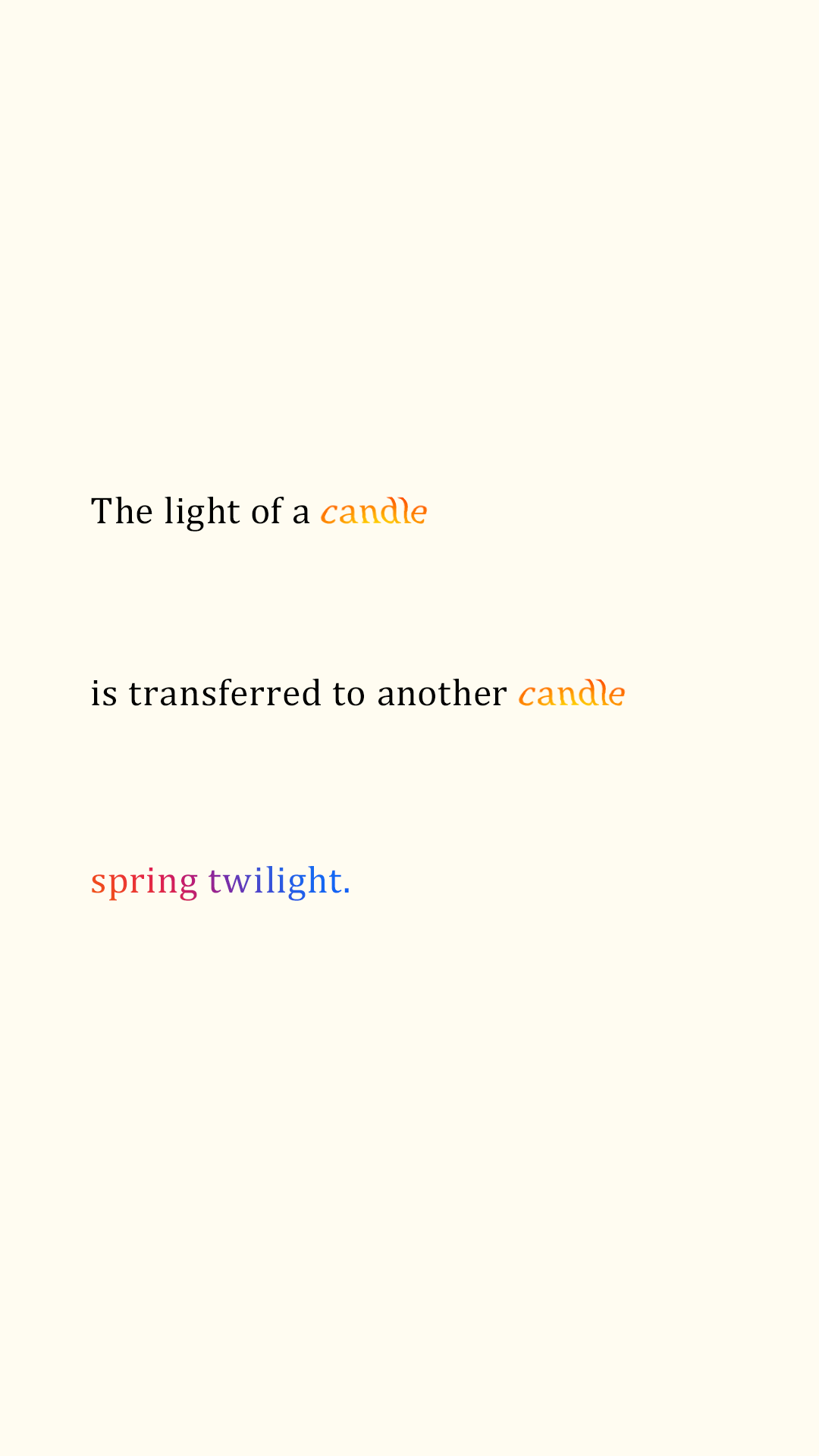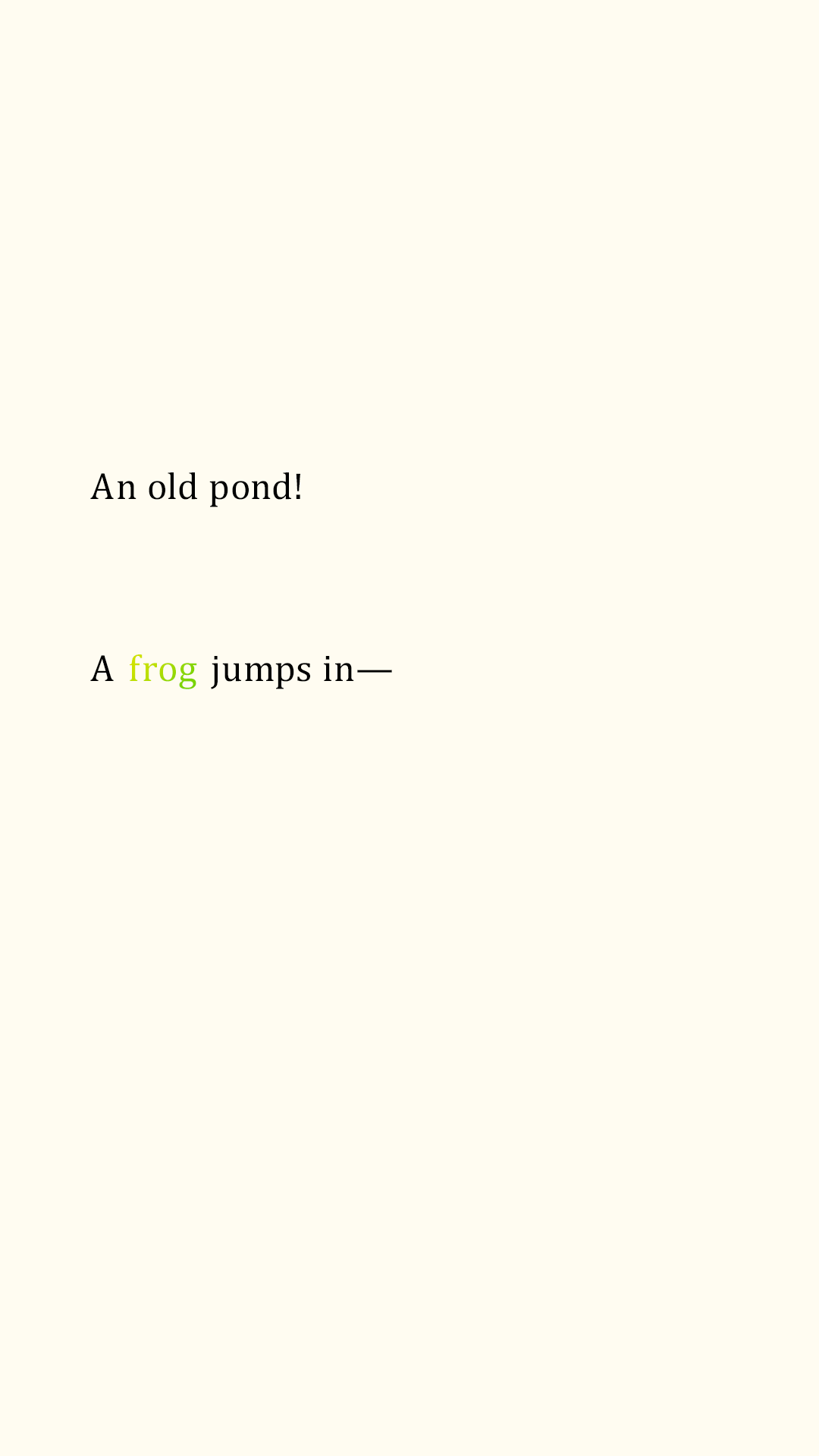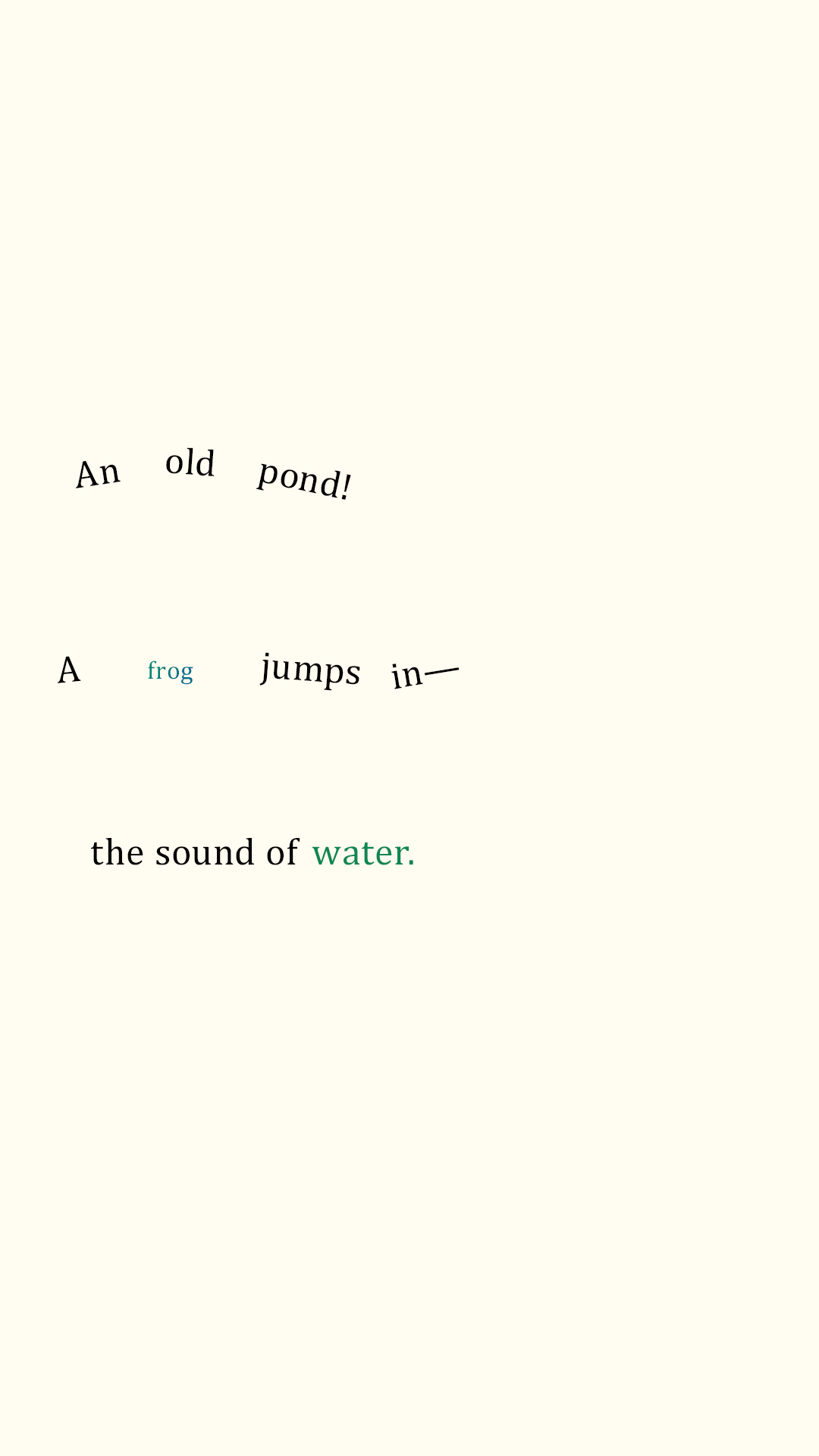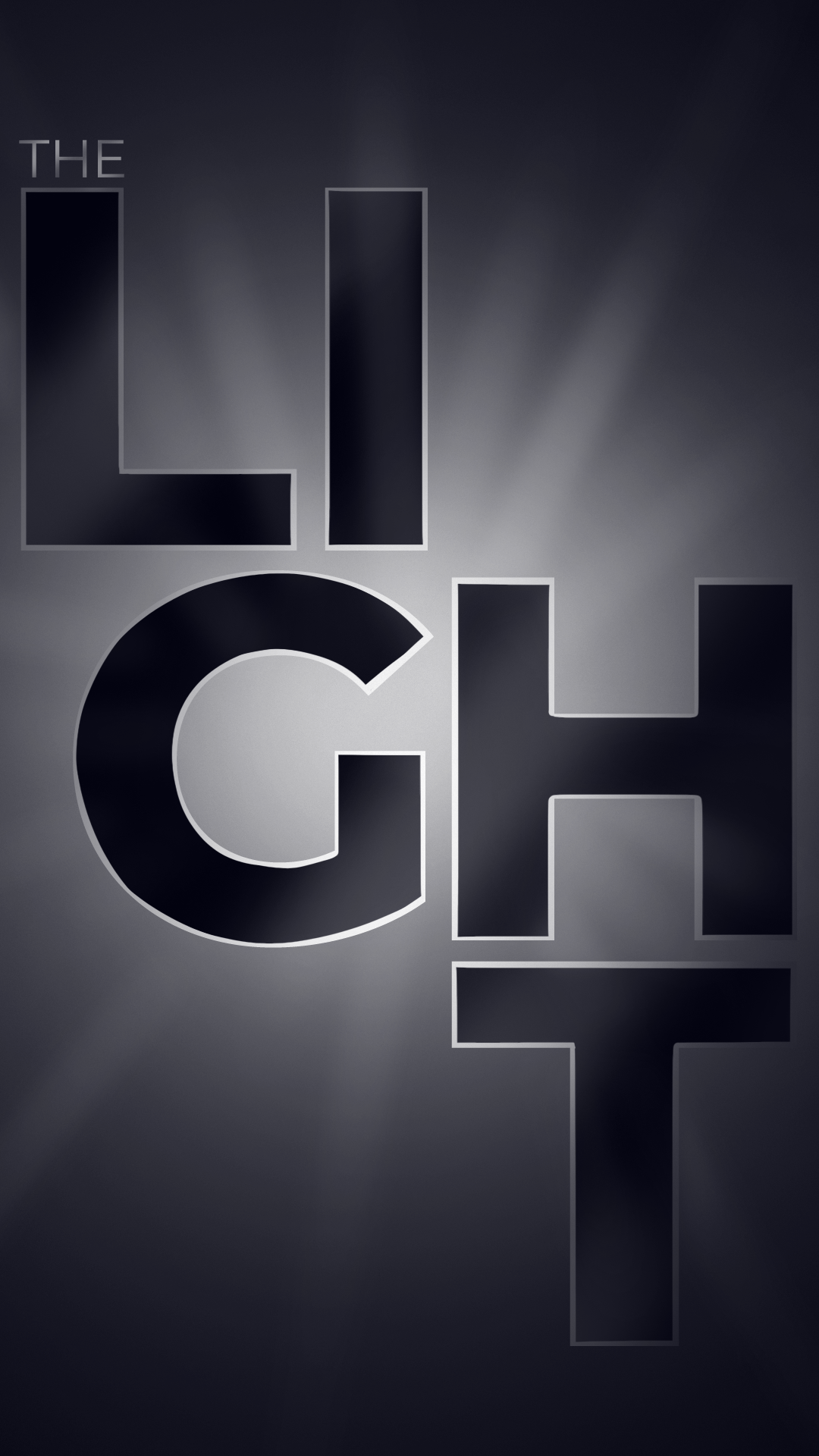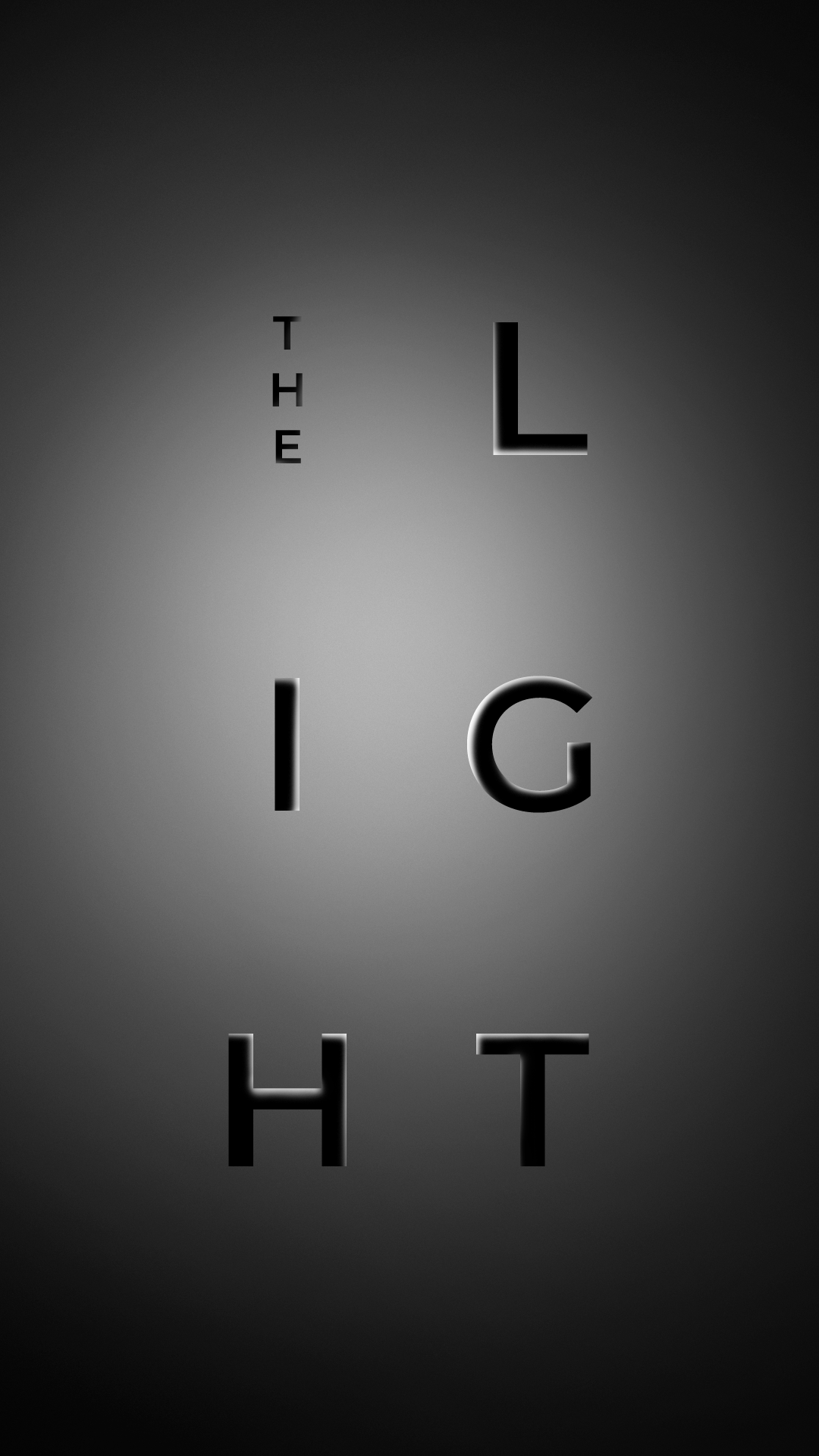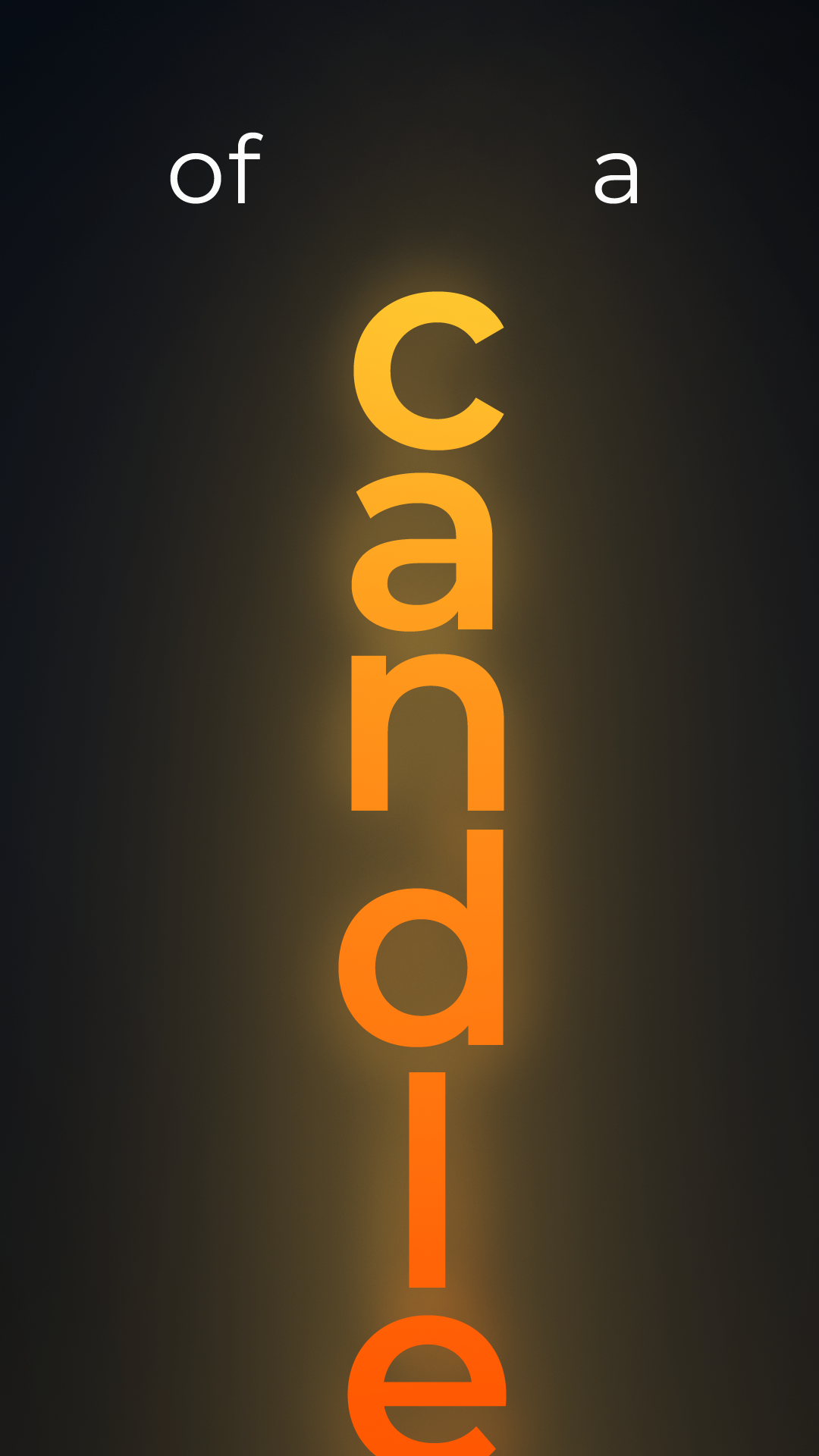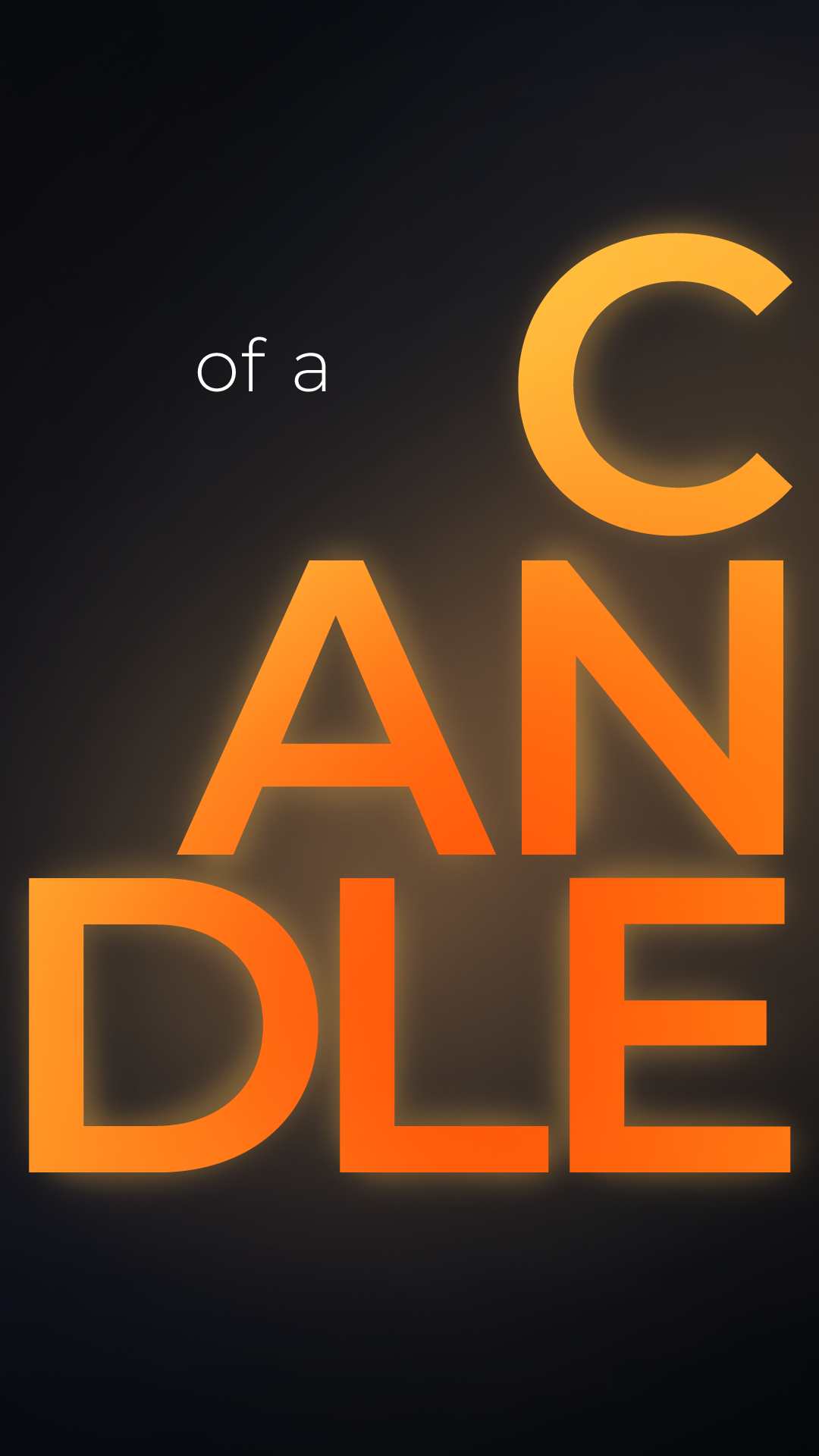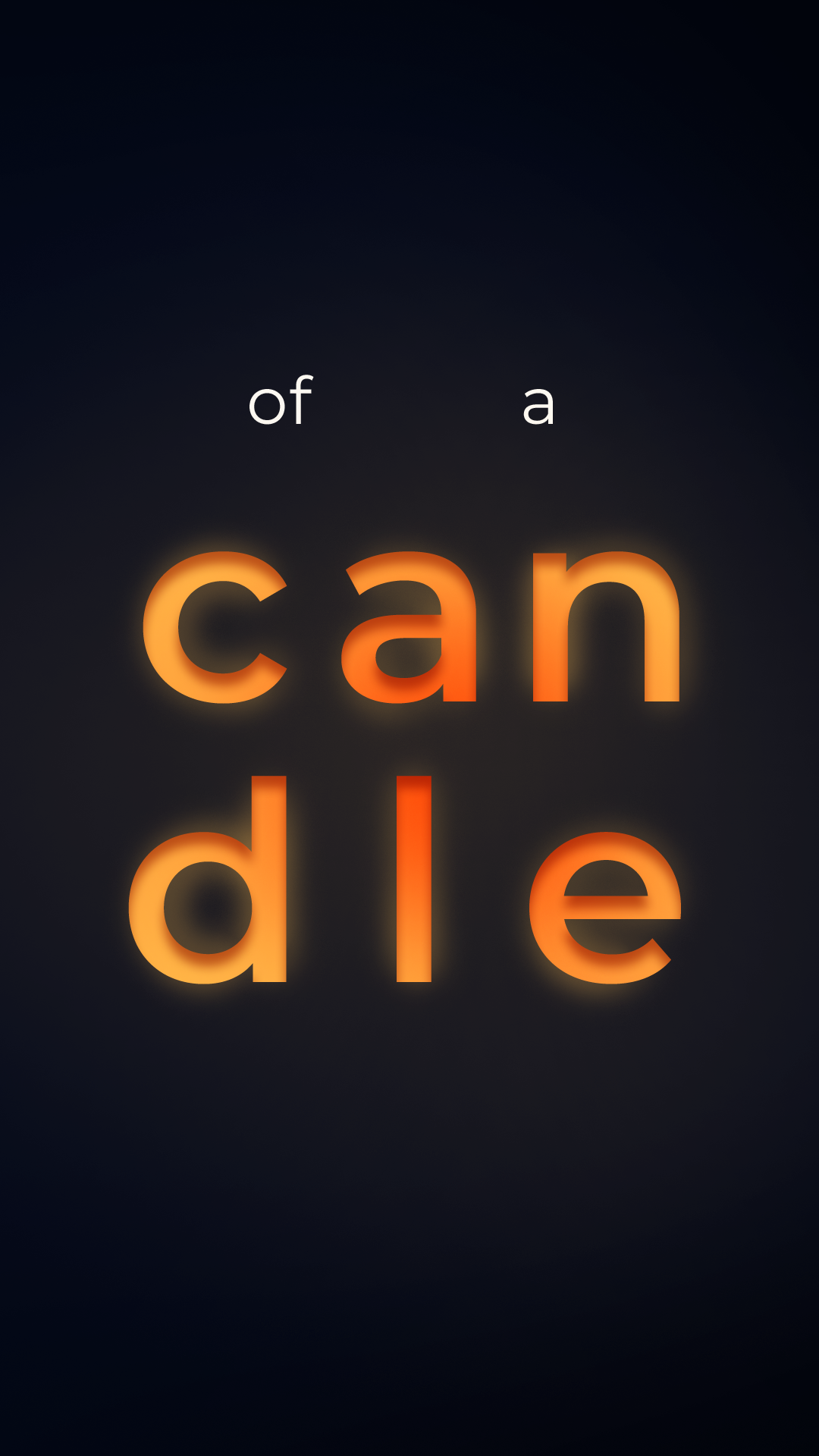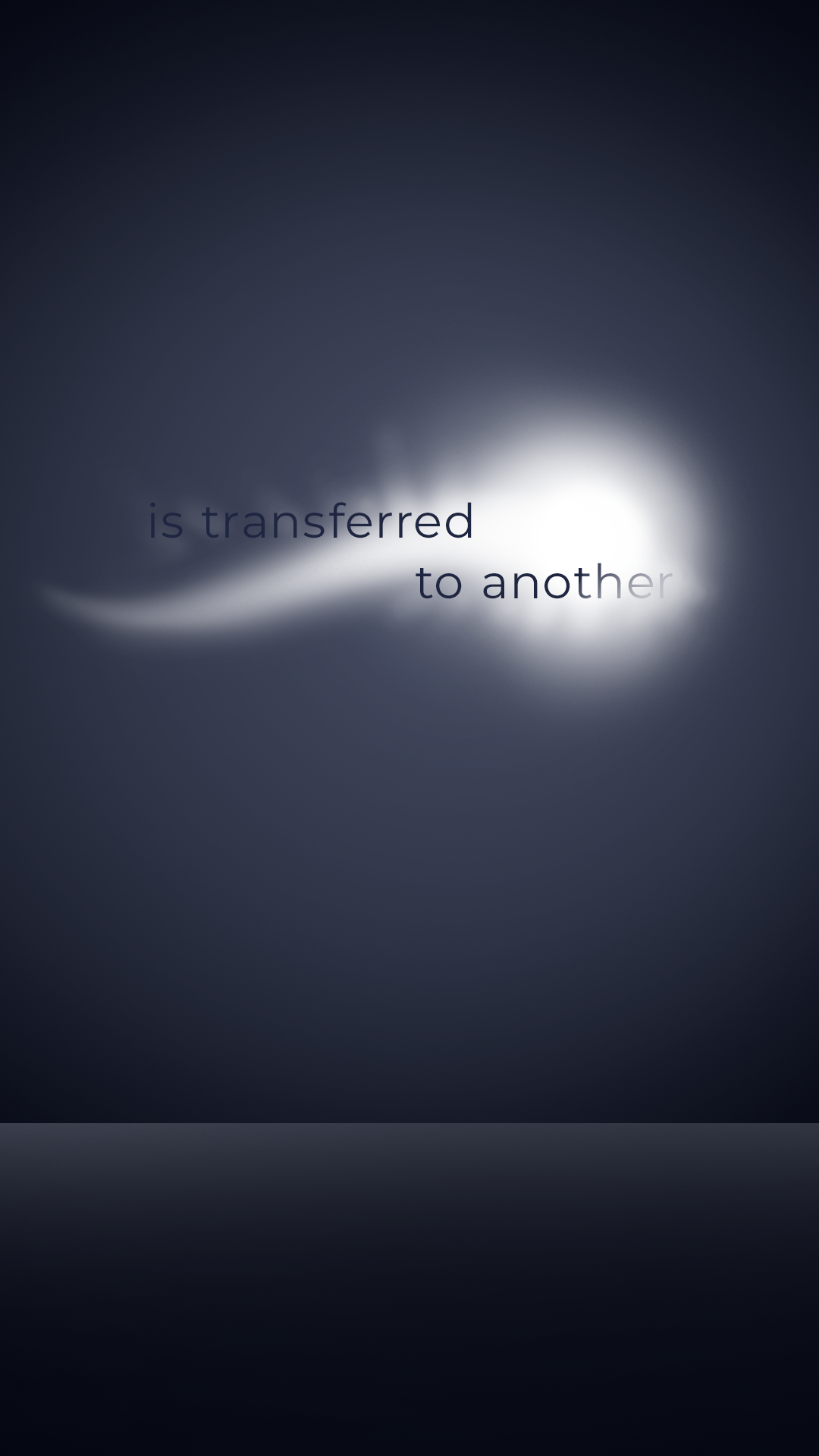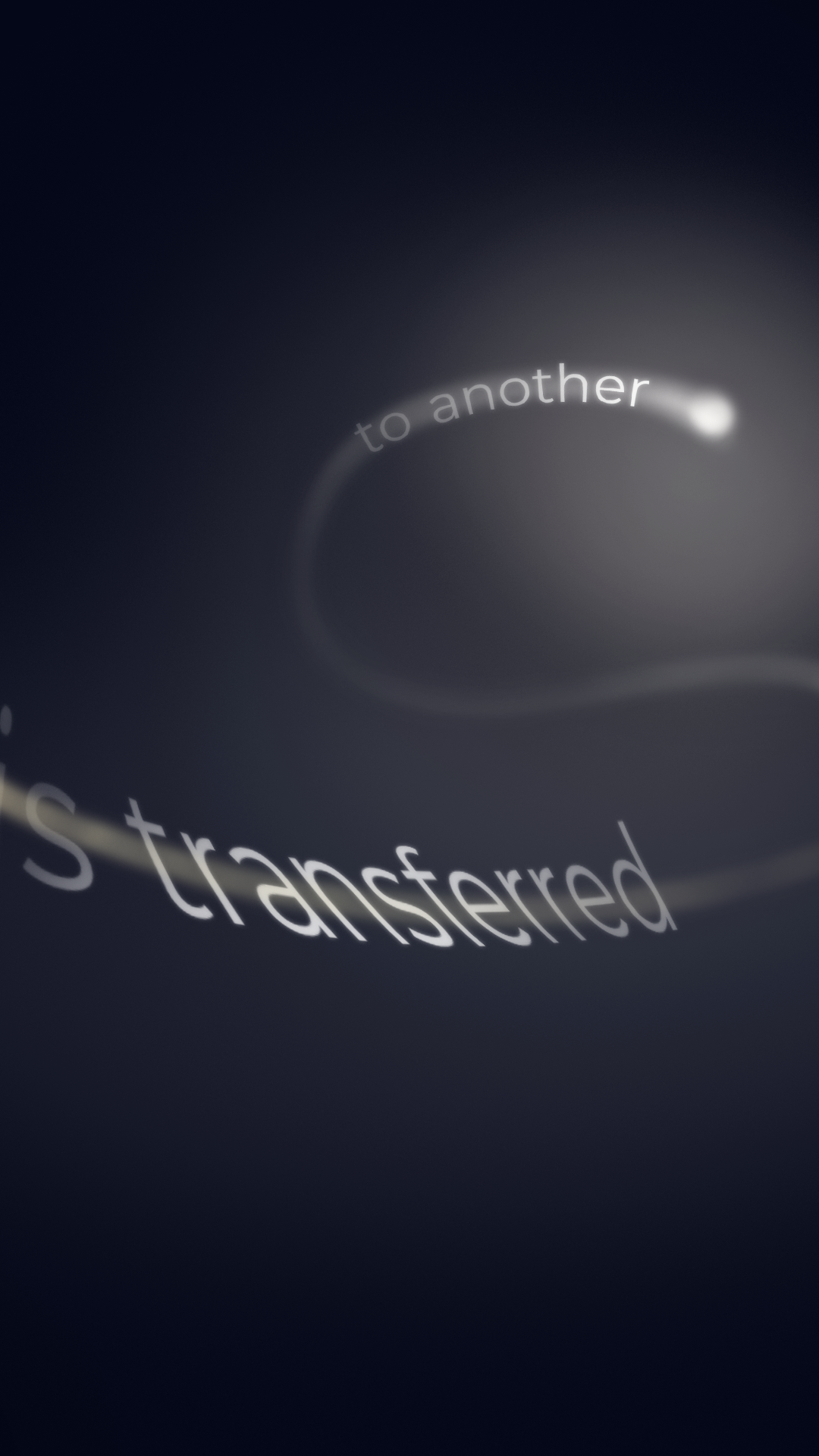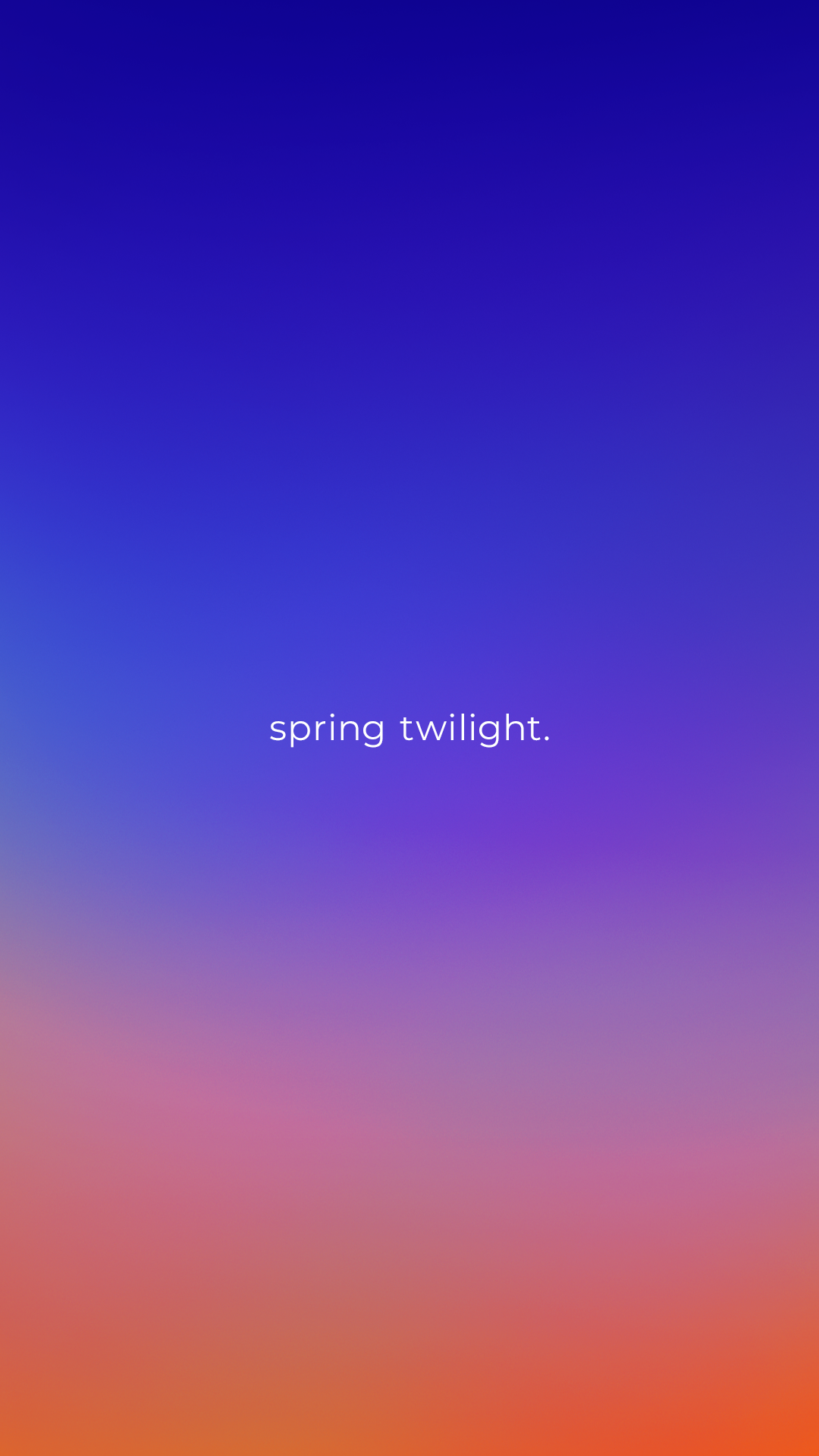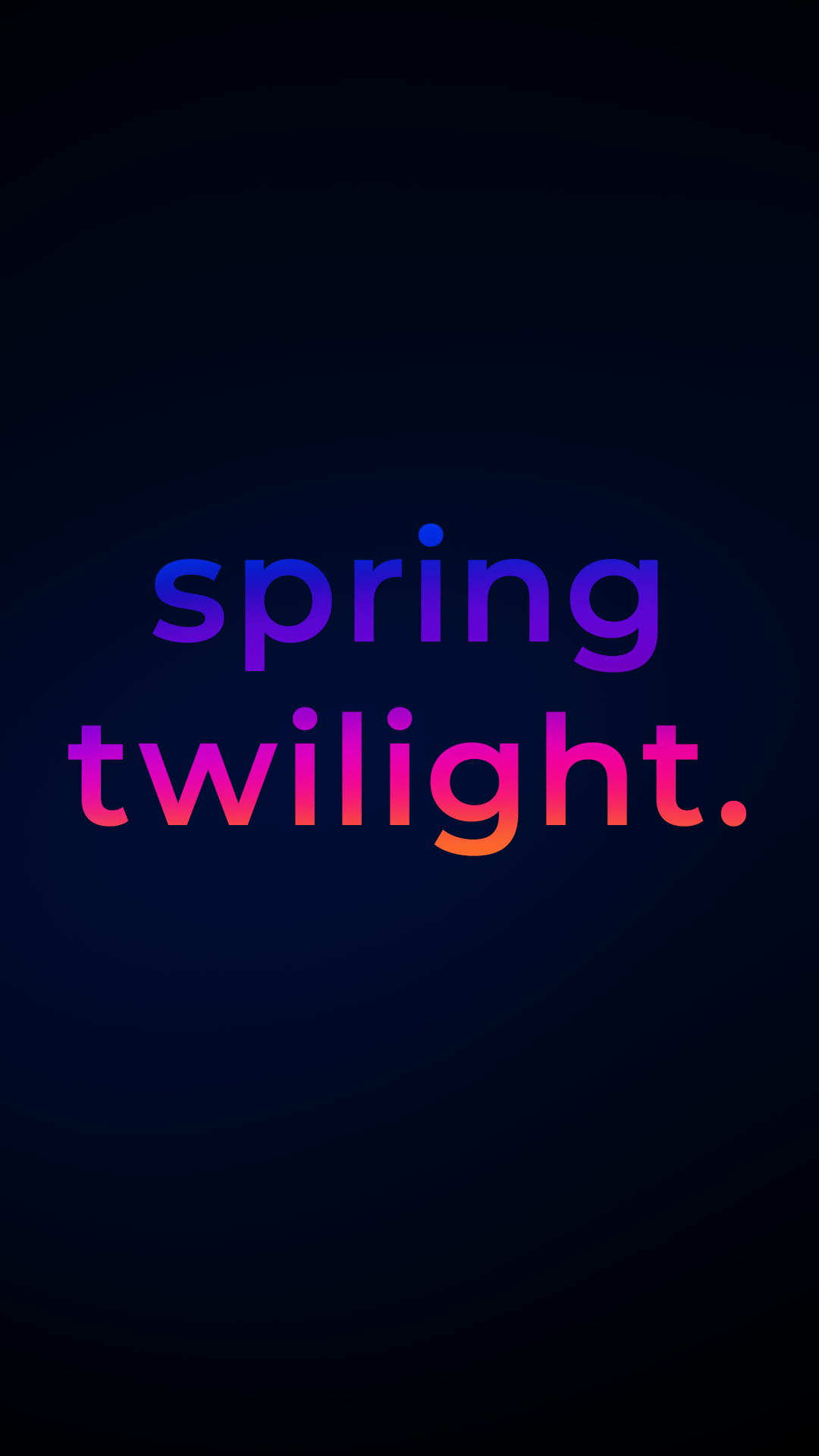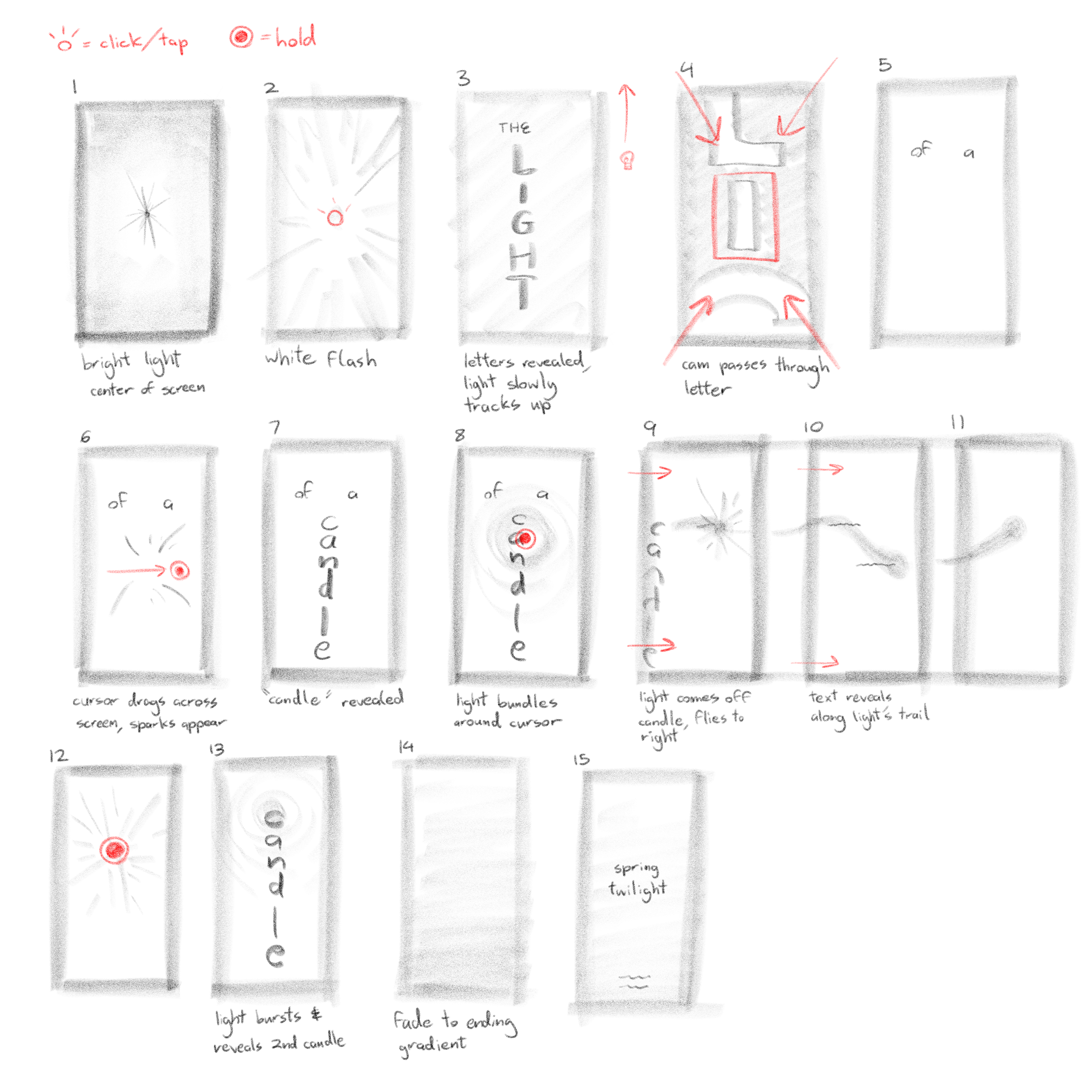For my first pass, I immediately jumped into Rive and began setting up some interactions. I anticipated that this project would get very technical very quick, so I wanted to warm up with a simple Rive interaction as soon as possible.
This pass featured a rather basic drag-and-drop interaction in which each letter of "candle" from the first stanza needed to be transferred to each letter of "candle" in the second stanza. I completed this experience in a relatively short amount of time, and it gave me an idea of how far my current Rive skills might take me for future passes.
The feedback I received was that this experience should overall be far deeper and more intricate with each word, basically creating an entire scene-by-scene narrative. I was also told to focus on more intriguing compositions for my next pass, seeing as I had already tackled the technical aspect of Rive and would not need to worry about it for a while.


